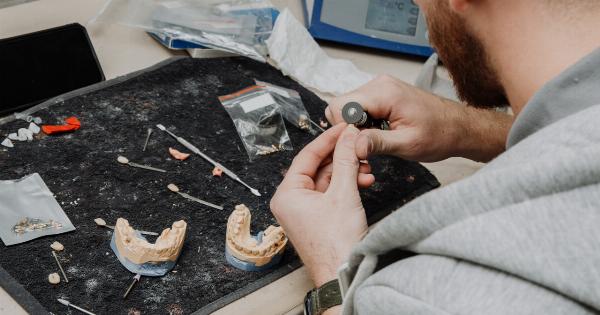Angina is a condition in which the major blood vessels of the heart narrow, reducing blood flow and oxygen to the heart muscles. This leads to chest pain, discomfort, and other symptoms that can limit daily activities.
A new device known as the Reducer implant, developed by Neovasc Inc., can help reduce the symptoms of angina by improving blood flow to the heart.
The implant is a breakthrough in the treatment of angina symptoms, especially for those who are not optimal candidates for revascularization procedures such as coronary artery bypass grafting or angioplasty.
What is Reducer implant?
The Reducer implant is a small, hourglass-shaped device that is implanted into the heart. The device works by creating a channel between the left and right ventricles of the heart.
This channel helps to reduce the pressure on the heart and increase blood flow to the coronary arteries, thereby alleviating angina symptoms.
The implant is inserted using a minimally invasive catheter-based procedure, which means there is no need for open-heart surgery. The procedure takes about an hour to complete, and the patient can usually go home the same day.
How does the Reducer implant work?
The Reducer implant works by creating a channel between the left and right ventricles of the heart.
This channel reduces the pressure on the heart and redirects blood flow to the coronary arteries, thereby improving blood flow and oxygen delivery to the heart muscle.
The Reducer implant does not address the underlying cause of angina, but it can help to alleviate the symptoms and improve the quality of life for patients who are not optimal candidates for revascularization procedures.
Who can benefit from the Reducer implant?
The Reducer implant is designed for patients who experience refractory angina, which is persistent chest pain or discomfort that does not respond to other treatments, including medications, lifestyle changes, or invasive procedures.
The implant is not suitable for everyone. It is recommended for patients who have stable coronary artery disease and are not optimal candidates for revascularization procedures such as coronary artery bypass grafting or angioplasty.
What are the benefits of the Reducer implant?
The Reducer implant can provide significant relief to patients who suffer from refractory angina. Other benefits of the implant include:.
- Improved quality of life: Patients who receive the Reducer implant report reduced chest pain, lower use of nitroglycerin medication, and are able to engage in more physical activities.
- Minimally invasive: The procedure for inserting the implant is minimally invasive, which means less pain and faster recovery time for the patient.
- Long-lasting: The Reducer implant is designed to provide long-lasting relief, with some patients reporting symptom improvement up to five years after implantation.
What are the side effects of the Reducer implant?
Like any medical device, the Reducer implant has potential risks and side effects. The most common side effects include:.
- Chest pain or discomfort
- Fatigue
- Shortness of breath
- Irregular heartbeat
- Infection or bleeding at the site of the implant
If you experience any of these symptoms after receiving the implant, you should contact your doctor immediately.
Conclusion
The Reducer implant is a revolutionary new device that can help alleviate the symptoms of angina in patients who are not optimal candidates for revascularization procedures. The implant is minimally invasive, long-lasting, and has few side effects.
It offers hope to patients with refractory angina and can help them to improve their quality of life.





























